Faster Than a Jet Aircraft The Fully Electric FluxJet Train Will Open Up the Vast Canadian North
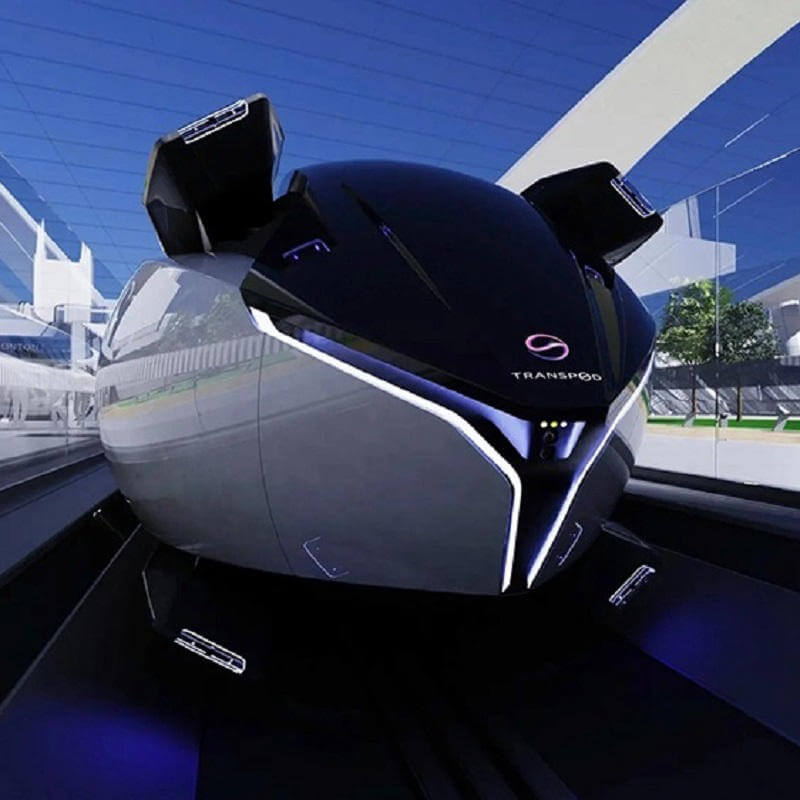
Canada is the second largest country in the world with a population that is dwarfed by some states in the United States. Most of the country’s population lives along a corridor close to the United States border. The vast Northern Region of the country remains for the most part uninhabited and difficult to access.
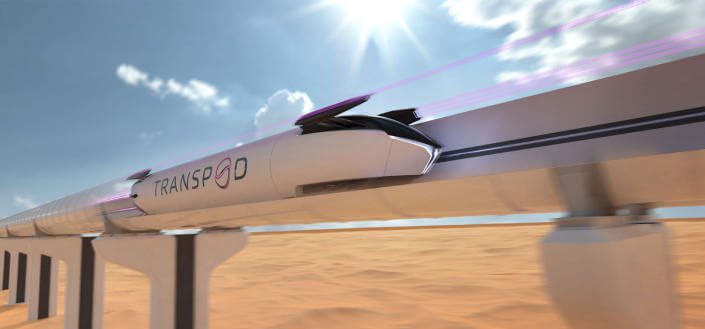
Image: TransPod
TransPod, a Canadian startup recently unveiled the FluxJet, a hybrid train/aircraft that the company claims will open up the vast Canadian North. FluxJet is essentially similar to Elon Musk’s and Virgin’s Hyperloop project in which a magnetically levitated train is able to achieve enormous speeds faster than a Jet aircraft inside a sealed vacuum tube.
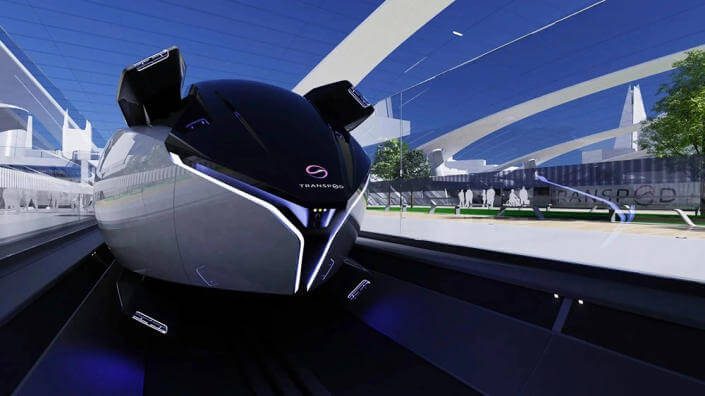
Image: TransPod
FluxJet can achieve speeds of up to 621 mph utilizing a new field of Physics known as “Veillance Flux” with an innovative contactless power transmission system. Along with its highly aerodynamic design and magnetic propulsion system, the train is able to achieve speeds unheard of with conventional trains.
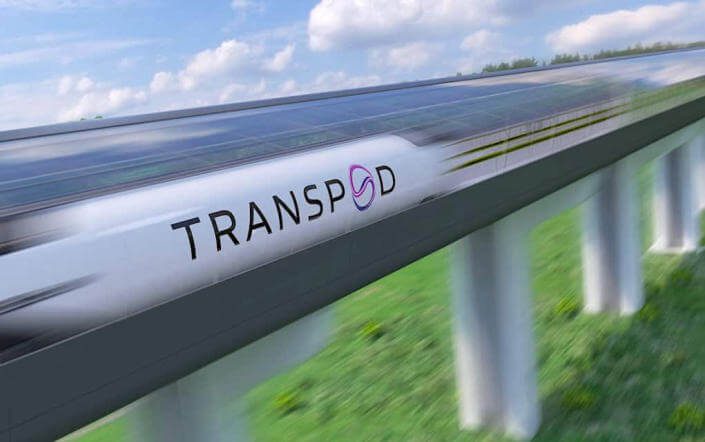
Image: TransPod
According to TransPod, there will be stations in key locations and major cities with pods departing every two minutes. The pods will carry 54 passengers including seating for those with disabilities. In addition, four luggage racks will transport up to 10 tons of cargo. If the project becomes a reality, it will boost Canada’s GDP, create new jobs and reduce carbon emissions. It will essentially be Canada’s first all green, eco-friendly and sustainable transportation system.

Image: TransPod
The project is still in the conceptual stage but is fast gaining traction with the company already receiving $550 million in financing for the project. The first stage of the line is expected to be built between Calgary and Edmonton with an estimated travel time between the two cities of only 45 minutes.
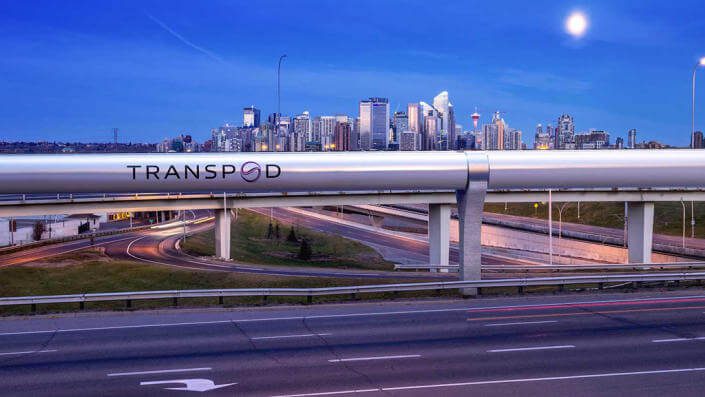
Image: TransPod
FluxJet is part of a litany of new transportation systems emerging across the world that promises to transform the way we travel in the near future. These systems will greatly reduce travel time and open up frontier areas that were once difficult to access with current transportation systems. Most importantly, the new transportation systems will be environmentally sustainable with minimal impact on the natural environment.




